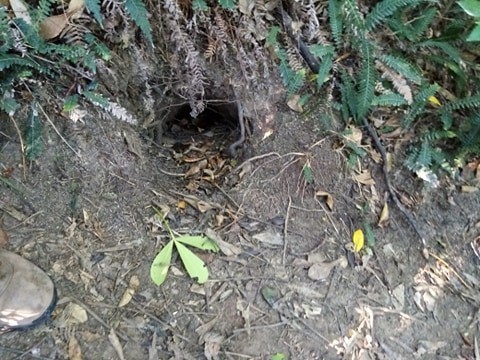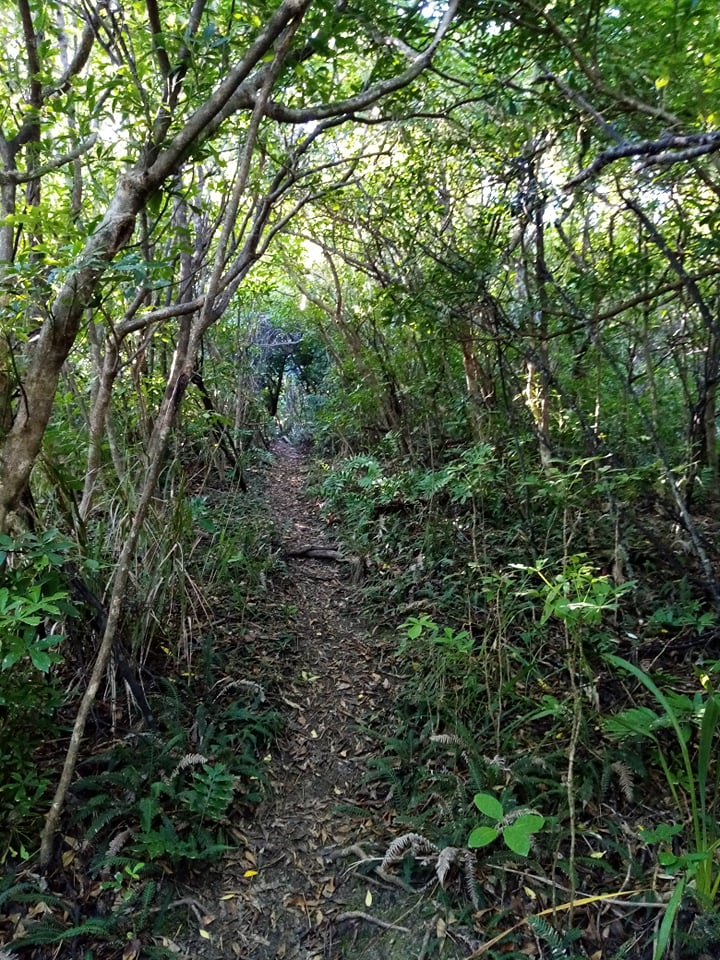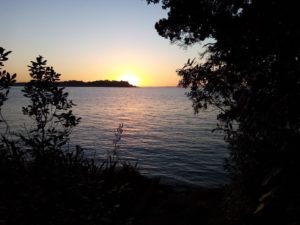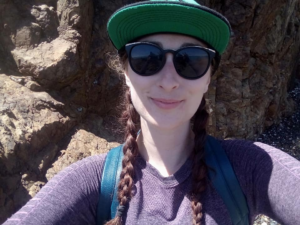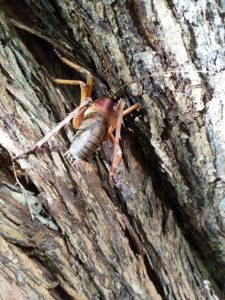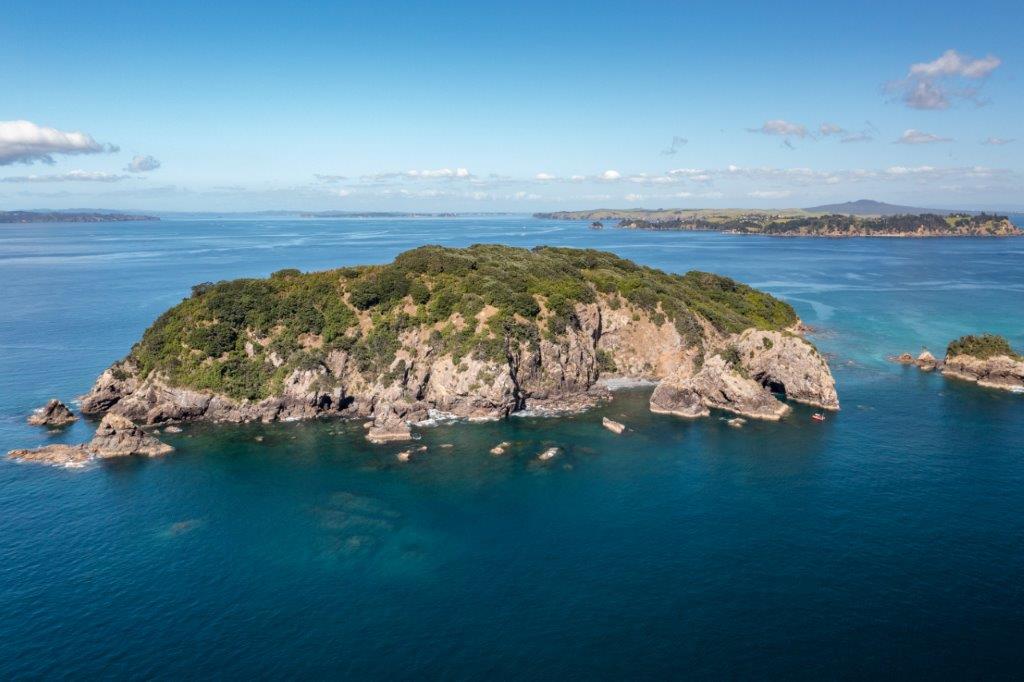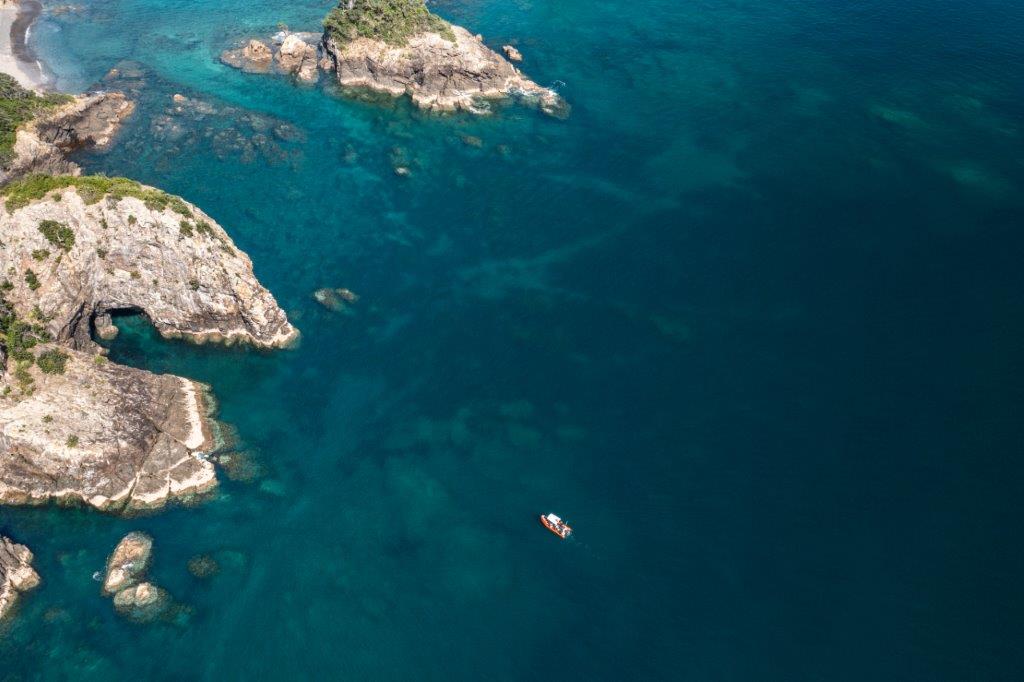The Noises hold a very special interest for seabird lovers. Being home to at least…
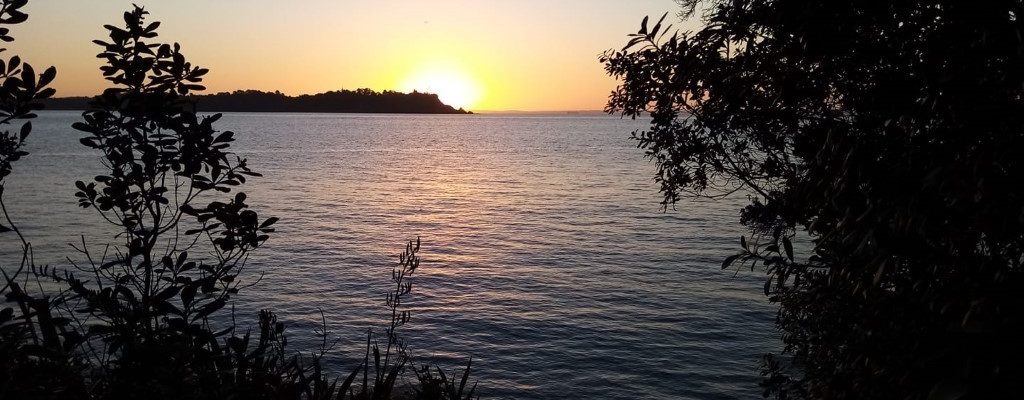
Reflections on my summer internship
Hannah Smith was the recipient of a Summer Student Internship with Tāmaki Paenga Hira Auckland War Memorial Museum. Hannah has written this blog about her experience.
The Noises Islands sit just 24km North-East of Auckland and are a prime example of the interconnectedness of land and sea. I traveled to Ōtata, the largest of The Noises Islands, to gain context for the future restoration and conservation needs of the island group.
As of 2002 The Noises have been free of mammal pests and have thus provided a crucial sanctuary for endemic species. Some of the islands rare critters include the flax snail, little blue penguins (Korora), geckos, skinks, and Wētāpunga, all of which have had their mainland populations decimated by rats, mustelids, mice, hedgehogs, and cats.
The long-term benefits of having never been cleared for farming can be seen in the diverse and maturing canopy structure of Ōtata and Motuhorapapa Islands, which are the biggest islands of the Noises group and provide habitat for a very diverse seabird community including white-fronted tern (Tara), grey-faced petrels (Oi), white-faced storm petrels (Takahikare), fluttering shearwaters (Pakaha), diving petrels (Kuaka) and most recently the Cook’s petrel (Tītī). Seabirds play a crucial role within the Noises’ Islands nutrient cycling; they bring in essential nutrients from the sea into the terrestrial environments. They also create burrows and nests, which create habitats that are shared by other animals such as geckos.
Despite, the idyllic paradise seen on land some of the seabird species breeding on The Noises are struggling, an issue that is seen throughout the Hauraki Gulf and the world. This issue is linkeded to the ongoing human consumption of fish, further accelerated by a warming ocean.
I have spent the past five years working in ecology, but never have I seen such a juxtaposition of conservation success. The diversity found in the terrestrial environment of the Noises is in stark contrast with the loss visible in the surrounding marine environment. What should have been dense kelp forests teeming with life, were replaced with a sort of marine desert, densely packed with kina. It was no wonder the seabirds are struggling, as more time spent hunting for food increases time away from the nest and reduces the survivability of their chicks.
My time on Ōtata was a beautiful and inspiring one, largely due to the aroha and mahi put into these Islands by the Neureuter family. No matter the harsh realities of a changing, human-centered planet they continue to pursue ecological restoration, and they are achieving it!
As I was guided around the Island of Ōtata by Sue and Zoe Neureuter, it was all too easy to fall in love with these Islands and to catch their infectious passion for the ongoing conservation of The Noises. But it was very clear that the Neureuter family alone cannot restore the marine environments, a collaborative effort is required. With the joint efforts of the Neureuter family, Tāmaki Paenga Hira Auckland Museum, iwi, University of Auckland, Massey University, and Auckland Zoo the scope of what is possible is huge.
For my summer internship, I was tasked with assisting in the construction of a long-term monitoring plan, that effectively captures the interconnectedness of both the marine and terrestrial environments. To ensure the future monitoring plan is effective, the first job was collating the previously recorded specimens collected from The Noises and held by institutes across the country. I then sorted these recorded specimens into key taxonomic groups (Insects, Plants, Birds, etc). This information was used as evidence for what has been previously found on these islands as well as highlight the limitations of what we currently know.
The most prominent limitation found was the number of Data Deficient (DD) recordings, DD simply means that we do not know enough about the individual collected to identify them down to species. This limitation of identifiable organisms is regularly encountered across conservation, and it poses a difficult question, how do we protect what we don’t yet know exists? There simply aren’t enough resources or time to support a project that tries to fill in all the missing pieces of information.
Instead, the monitoring plan will take an ecosystem-level approach, this will involve monitoring the known diversity of terrestrial and marine ecosystems, and will track changes within those populations over time. While insect orders are rife with DD groups, those with more obvious ecosystem processes (such as pollination or nutrient cycling) tend to have more past research and are less likely to be DD. Therefore, when counting the diversity of insect groups, targeting our sampling methods to insects that are known to provide ecosystem services will provide useful indices of the overall health of and diversity of The Noises Islands ecosystems.
While on Ōtata, I enjoyed exploring the island at night, it was during the night walks, where the success of Auckland Zoo’s earlier Wetapunga release became overwhelmingly apparent as these great beasts’ climbed across mature Pohutukawa trees. As I watched them navigate the nooks and crannies of the trees, the importance of ongoing monitoring of these ecosystems was further highlighted. To ensure the ongoing enrichment of the biodiversity of these islands remains effective, it is imperative that we understand how the population structures shift over time.
As the biodiversity of The Noises Islands continues to be enriched, a greater focus on the marine environment and its relationship to the terrestrial will take The Noises to new levels of success. The Neureuter Family, Auckland Museum, and the University of Auckland, iwi, and continue to work towards understanding the dynamic relationships within the marine environments as they work towards finding effective solutions to combat the decline seen.

